On this page, you can expect to find a comprehensive biology vocabulary list with links to games, flashcards, and other resources to help you study and learn key terms in biology. Explore the various tools available to enhance your understanding of this subject and improve your retention of important concepts.
Biology is the study of living organisms and their interactions with each other and their environment. It encompasses a wide range of topics, from genetics and evolution to ecology and physiology. Understanding biology is essential for making advancements in medicine, agriculture, and conservation efforts. By studying the intricate processes that govern life, scientists are able to better comprehend the complexities of the natural world and make informed decisions about how to protect and preserve it for future generations.
Practice & Reinforce Your Learning
Biology Vocabulary List
Cell Biology
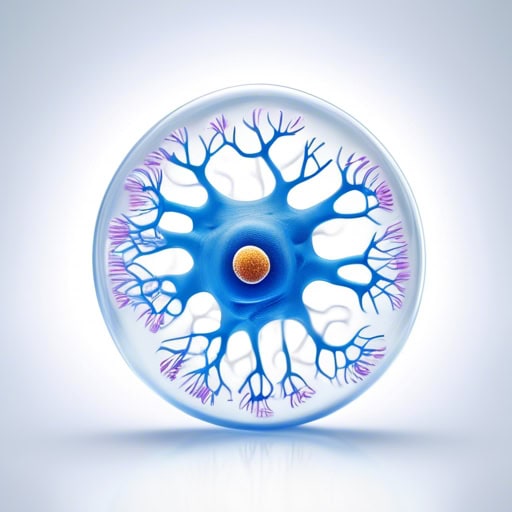
- The nucleus regulates gene expression and controls the activities of the cell.
- During cell division, the nucleus divides to ensure each daughter cell receives the correct amount of genetic material.
- The nucleus is essential for cell function and plays a crucial role in maintaining cellular homeostasis.
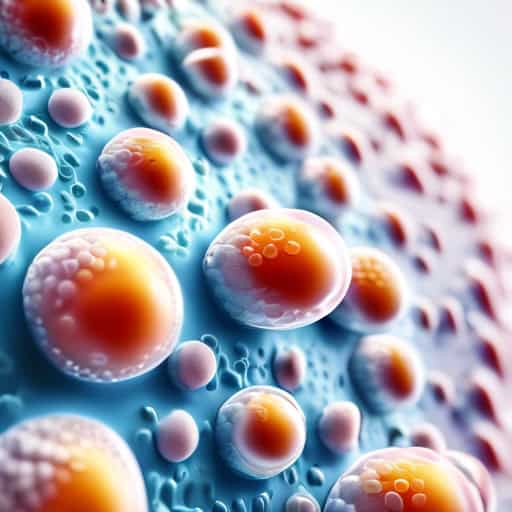
- The cell membrane plays a crucial role in maintaining the cell's internal environment.
- Proteins embedded in the cell membrane help with cell communication and transport.
- The cell membrane is made up of a double layer of phospholipids.
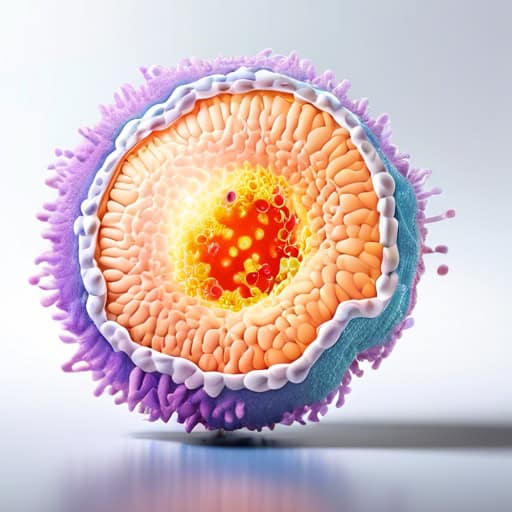
- Lysosomes play a crucial role in maintaining cell health by digesting unwanted materials.
- When a cell is damaged or old, lysosomes help to remove and recycle its components.
- Mutations that affect lysosomes can lead to various genetic disorders.
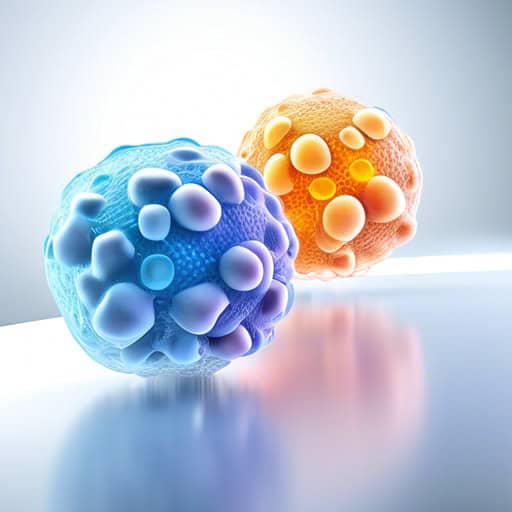
- Ribosomes are essential for the production of proteins in cells.
- Proteins are crucial for many cellular processes, making ribosomes a vital component of cell function.
- The ribosomes in a cell can be found either floating freely in the cytoplasm or attached to the endoplasmic reticulum.
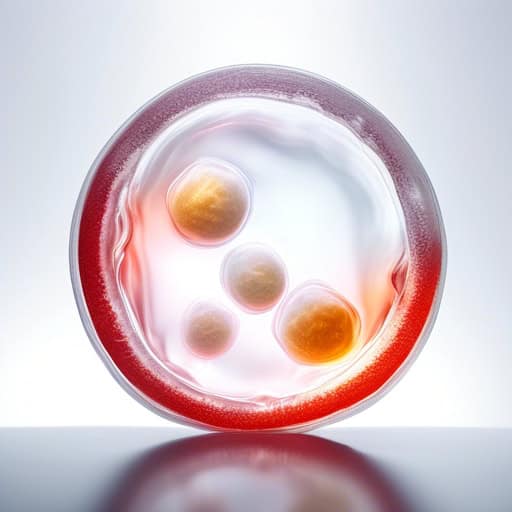
- The cytoplasm of the cell is where most of the cellular activities take place.
- Mitochondria are organelles found in the cytoplasm.
- The cytoplasm is responsible for providing structure and support to the cell.
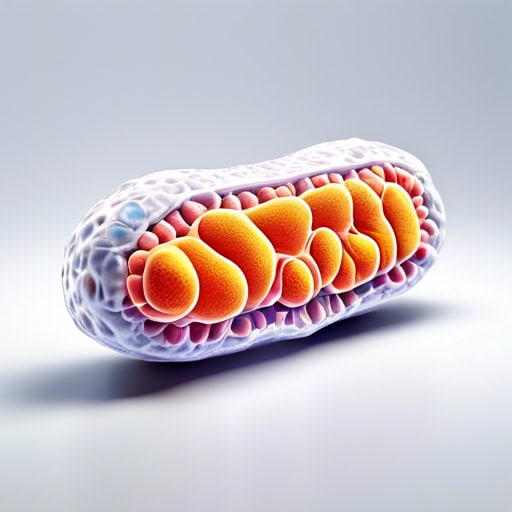
- Mitochondria are known as the powerhouses of the cell, producing ATP for cellular energy.
- Mutations in mitochondrial DNA can lead to various genetic disorders.
- The number of mitochondria in a cell can vary depending on its energy needs.
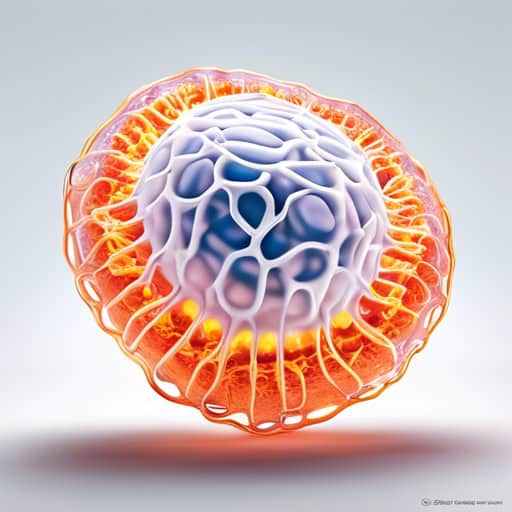
- The endoplasmic reticulum plays a crucial role in the production and transport of proteins within the cell.
- Cells with a high demand for protein synthesis often have an extensive network of endoplasmic reticulum.
- The endoplasmic reticulum is responsible for folding and modifying newly synthesized proteins before they are transported to their final destinations within the cell.
Genetics
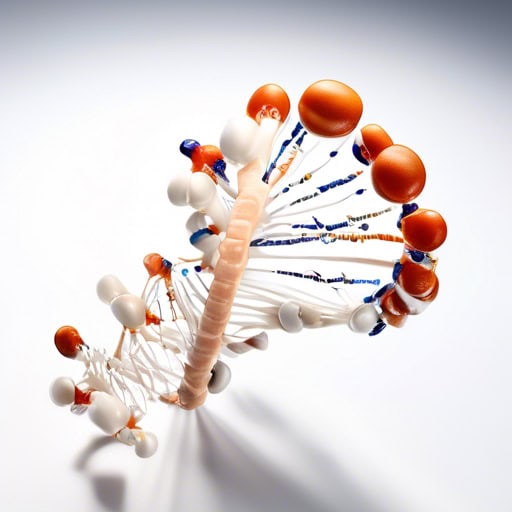
- Genetic disorders can be inherited through heredity.
- Traits such as eye color and height are determined by heredity.
- Understanding heredity is key in studying the transmission of genetic material.
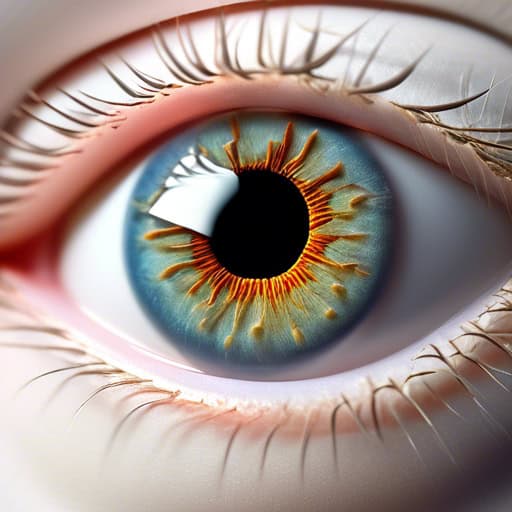
- The phenotype of a flower can vary based on the color of its petals, shape of its leaves, and size of its stem.
- Genetic mutations can sometimes result in changes to an organism's phenotype, leading to visible differences in appearance.
- Scientists study the phenotype of different species to better understand how genes are expressed and how traits are inherited.
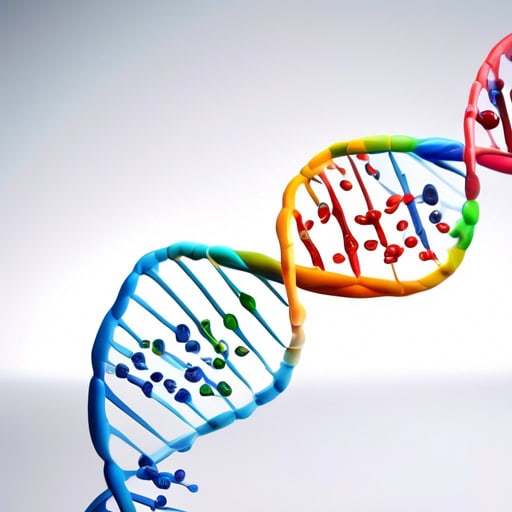
- Her genotype determines her susceptibility to certain diseases.
- The researchers studied the genotype of the population to understand the prevalence of certain traits.
- The genotype of the plant dictates its ability to withstand harsh environmental conditions.
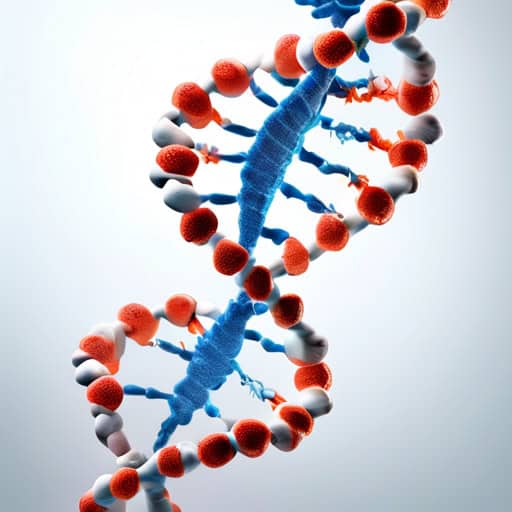
- A mutation in the BRCA1 gene can increase the risk of developing breast cancer.
- Scientists are studying how mutations in certain genes can lead to genetic disorders.
- Genetic mutations can be either inherited from parents or acquired due to environmental factors.
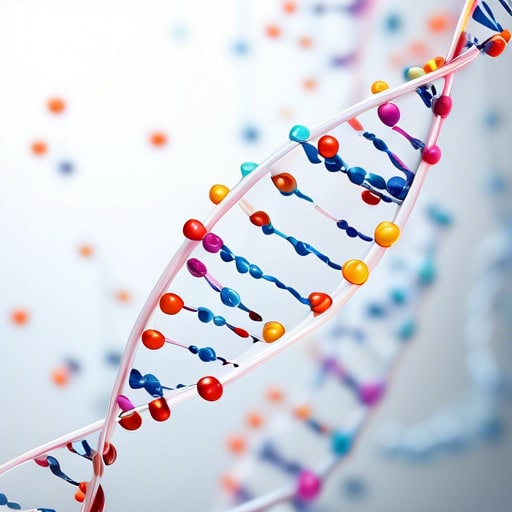
- She inherited the gene for blue eyes from her father.
- The scientists were studying the role of a specific gene in causing cancer.
- Mutations in the gene can lead to various genetic disorders.
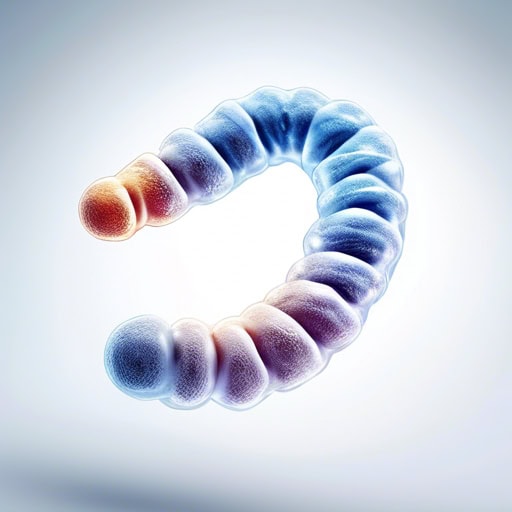
- Each human has 23 pairs of chromosomes in their cells.
- Genetic disorders can result from abnormalities in chromosomes.
- The sex of an individual is determined by the presence of specific chromosomes.
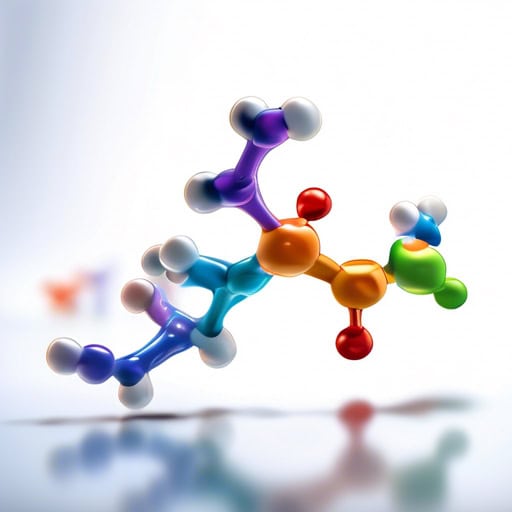
- RNA carries genetic information from DNA to the ribosomes for protein synthesis.
- There are different types of RNA, including messenger RNA, transfer RNA, and ribosomal RNA.
- RNA can also be involved in gene regulation by interacting with proteins to control gene expression.
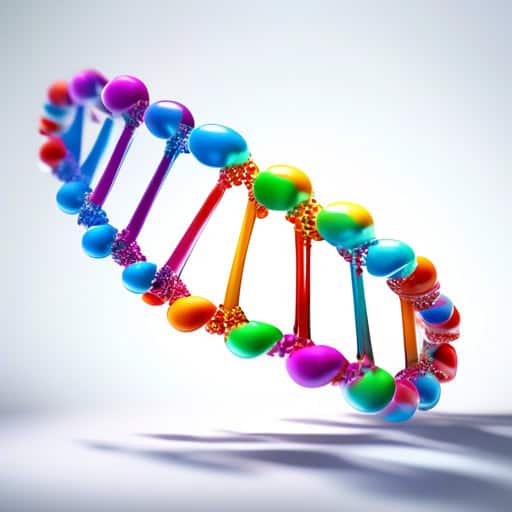
- Her DNA analysis revealed a genetic mutation that increased her risk of developing cancer.
- The scientist extracted DNA from the blood sample to conduct a paternity test.
- DNA testing helped identify the remains of the missing person.
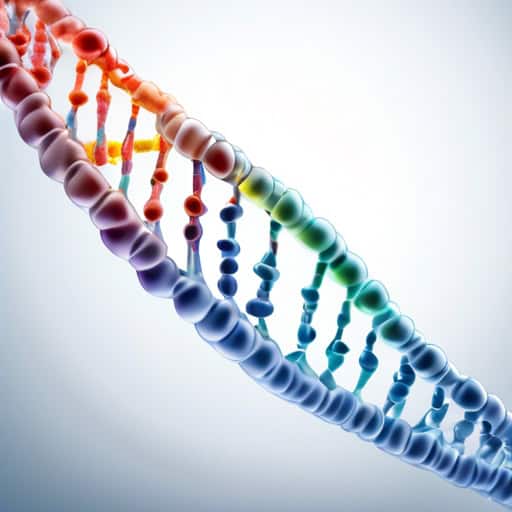
- Genetics plays a crucial role in determining an individual's traits and characteristics.
- Certain genetic mutations can increase the risk of developing certain diseases.
- The study of genetics has led to breakthroughs in medical research and the development of new treatments.
Molecular biology Terms
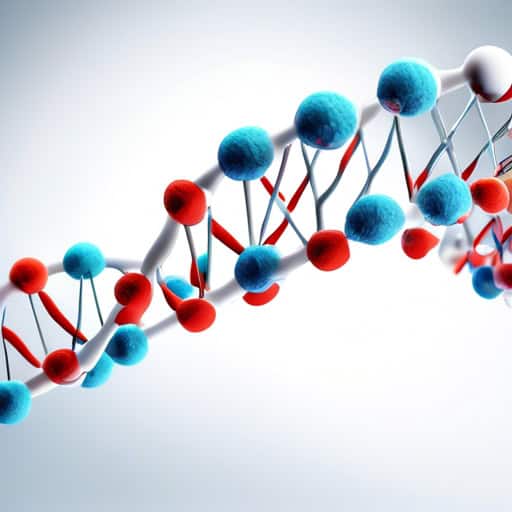
- The laboratory technician was responsible for completing the transcription of the DNA sample into RNA for further analysis.
- After conducting the transcription process, the researchers were able to identify specific genetic sequences within the RNA.
- The accuracy of the transcription was crucial in ensuring the reliability of the experimental results.
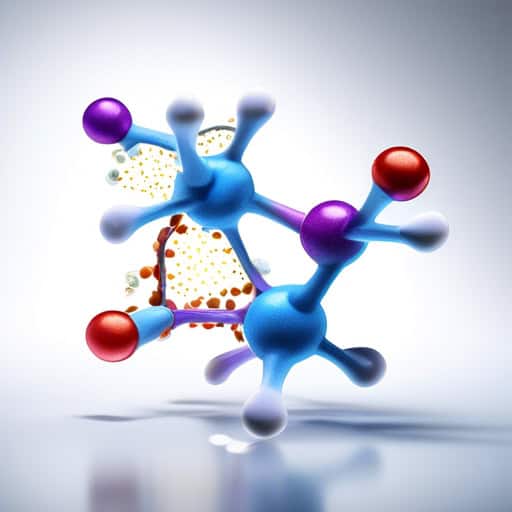
- The accuracy of the translation process is crucial for proper protein synthesis.
- She specialized in medical translation, helping doctors communicate with patients from different cultural backgrounds.
- The company offers professional translation services for businesses expanding into international markets.
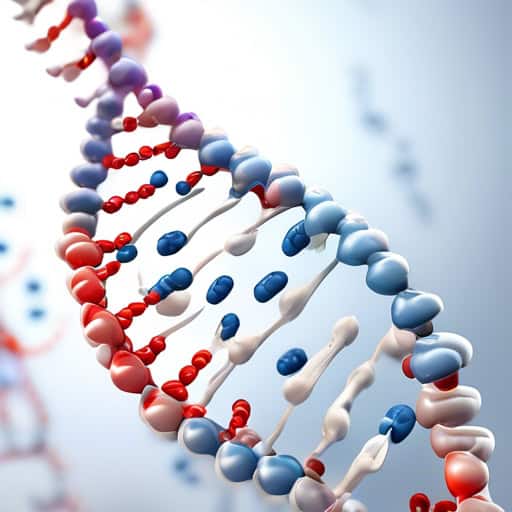
- Gene expression can be regulated by various factors, such as environmental conditions or cellular signals.
- Mutations in genes can disrupt normal gene expression patterns, leading to disease.
- Studying gene expression profiles can help researchers understand how different genes are activated or silenced in various biological processes.
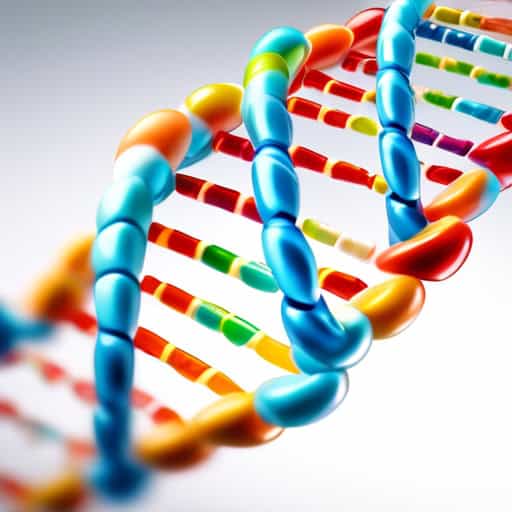
- The scientist conducted experiments to investigate the accuracy of DNA replication.
- Errors in DNA replication can lead to mutations and genetic disorders.
- The replication of DNA is a crucial step in the cell cycle, ensuring that genetic information is passed on accurately to daughter cells.
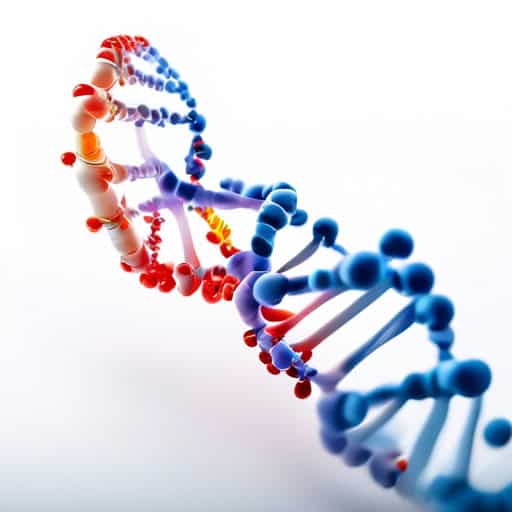
- The scientist discovered a rare genetic mutation that caused a rare disorder in the patient.
- Mutations can be caused by exposure to radiation, chemicals, or errors during DNA replication.
- The mutation in the gene resulted in a protein that was unable to perform its normal function.
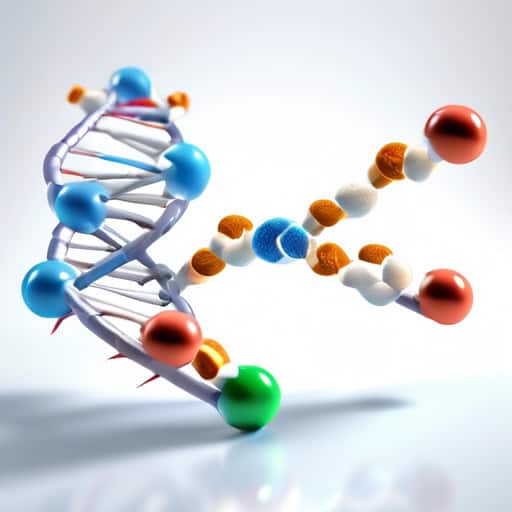
- Protein synthesis is a complex biological process that plays a crucial role in the functioning of living organisms.
- During protein synthesis, messenger RNA carries the genetic information from DNA to ribosomes, where amino acids are linked together to form proteins.
- Mutations in genes involved in protein synthesis can lead to various genetic disorders and diseases.
Evolutionary biology Terms
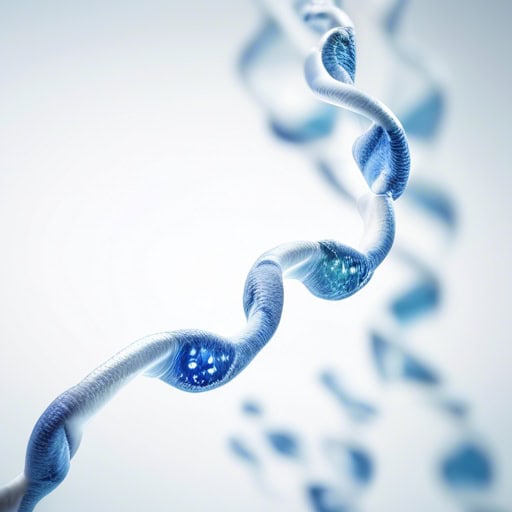
- Gene flow plays a crucial role in maintaining genetic diversity within populations.
- Increased gene flow between different populations can lead to a decrease in genetic differentiation.
- The rate of gene flow can vary depending on factors such as the distance between populations and the barriers to migration.

- His physical fitness allowed him to outrun predators and secure food for his family.
- The cheetah's speed and agility are key components of its fitness in the savannah ecosystem.
- The peacock's elaborate plumage is a trait that enhances its fitness by attracting mates.
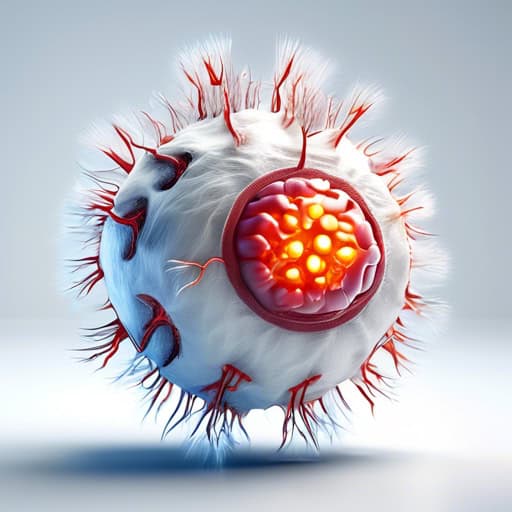
- A mutation in the DNA of a plant can result in a new trait, such as resistance to a certain disease.
- Scientists study mutations to better understand how genetic diversity contributes to the evolution of species.
- Mutations can occur spontaneously or be induced through exposure to certain chemicals or radiation.

- The study of speciation helps us understand how biodiversity is generated over time.
- Speciation can occur through allopatric, sympatric, or parapatric mechanisms.
- Genetic drift and natural selection are important factors influencing the process of speciation.
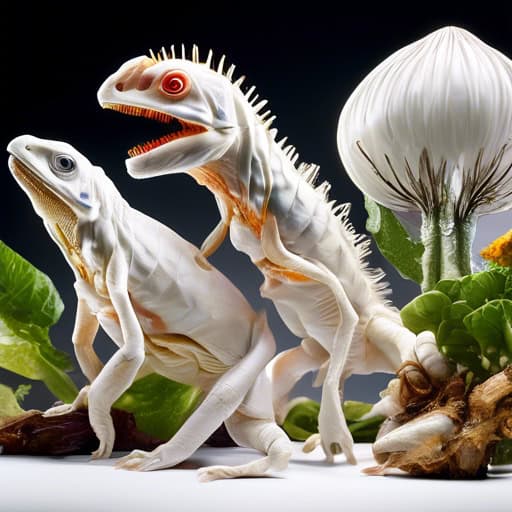
- The polar bear's thick fur and layer of blubber are examples of successful adaptations to its cold environment.
- Some plants have developed adaptations like succulent leaves to store water in arid climates.
- Human civilization has relied on technological adaptations to thrive in various environments around the world.
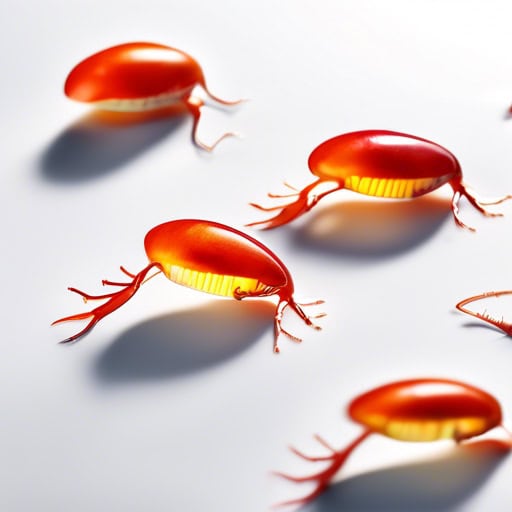
- Natural selection plays a crucial role in shaping the characteristics of a population over time.
- Organisms that are better adapted to their environment due to natural selection have a higher chance of passing on their genes to the next generation.
- Through natural selection, species can gradually evolve and adapt to changing environmental conditions.
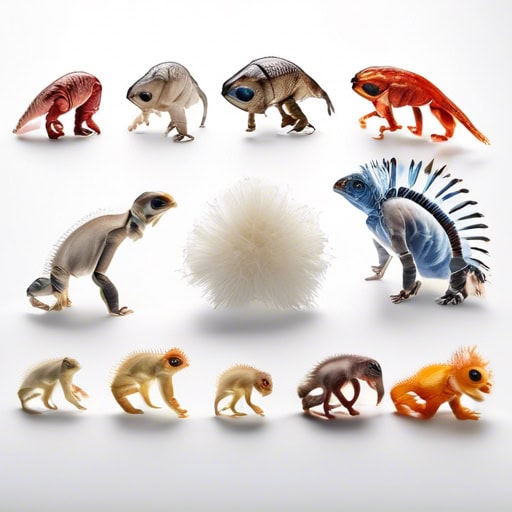
- The theory of evolution explains how different species have evolved over millions of years.
- The study of fossils helps us understand the evolution of life on Earth.
- Evolutionary biologists study how organisms have adapted to survive in their environments.
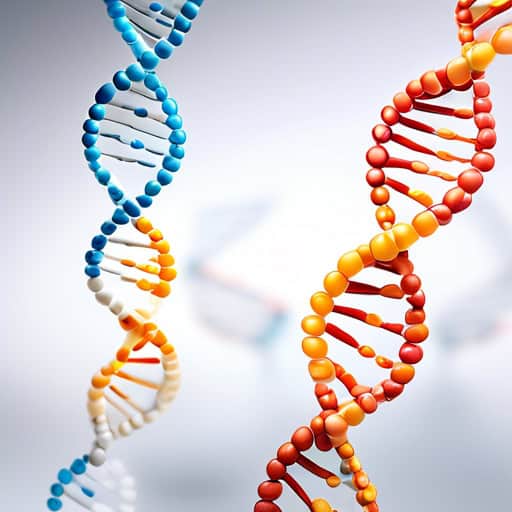
- Genetic variation is essential for the survival and adaptation of species to changing environments.
- Understanding genetic variation can help scientists develop more effective treatments for genetic diseases.
- Natural selection acts on genetic variation, allowing the fittest individuals to pass on their traits to future generations.
Physiology Terms
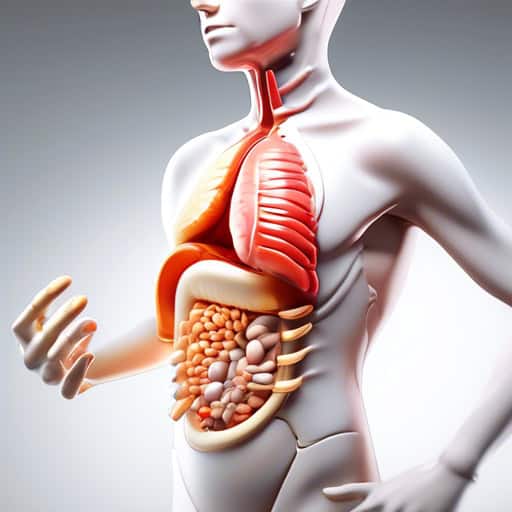
- After eating a meal, the process of digestion begins in the mouth as enzymes break down food particles.
- The stomach plays a crucial role in digestion by churning and mixing food with digestive juices.
- The small intestine is where most of the absorption of nutrients occurs after the food has been broken down during digestion.
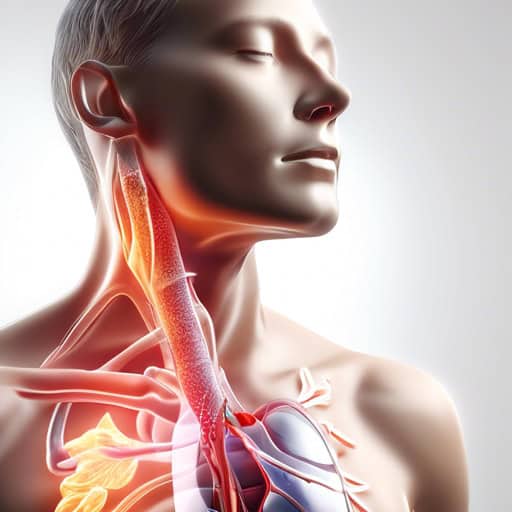
- During exercise, our bodies increase respiration to deliver more oxygen to our muscles.
- Respiration is essential for the survival of all living organisms.
- The respiratory system plays a crucial role in the process of respiration.
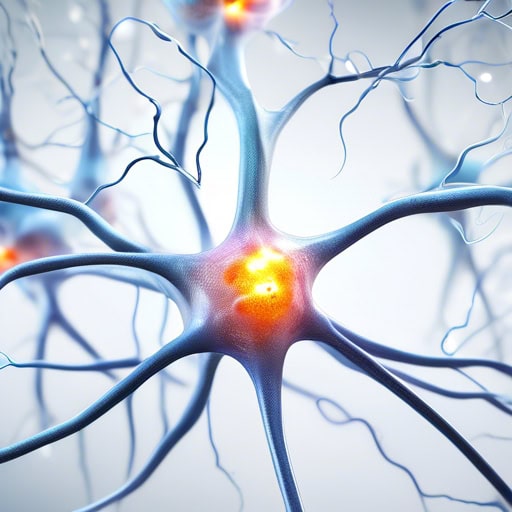
- The neurons in the brain work together to process and send signals that control movement, thoughts, and emotions.
- When neurons are damaged or malfunctioning, it can lead to neurological disorders such as Alzheimer's disease or Parkinson's disease.
- Neurons have the ability to adapt and change their connections in response to experiences, a phenomenon known as neuroplasticity.
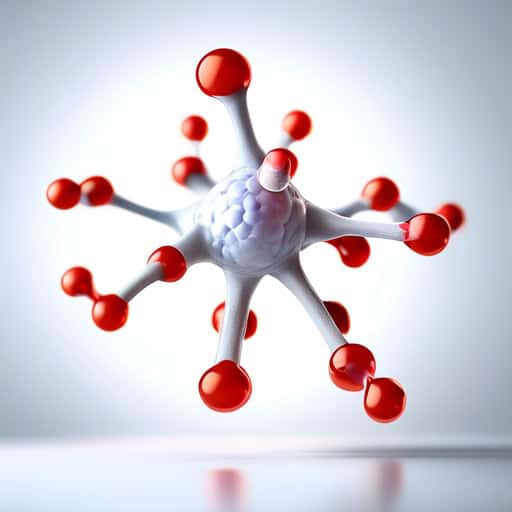
- During puberty, hormones play a key role in the development of secondary sexual characteristics.
- Imbalances in hormones can lead to mood swings, weight gain, and other health issues.
- Pregnancy is a time of significant hormonal changes in a woman's body, preparing it for childbirth.

- My metabolism is quite fast, so I can eat a lot without gaining weight.
- Exercise can help boost your metabolism and help you burn more calories throughout the day.
- As we age, our metabolism tends to slow down, making it harder to lose weight.
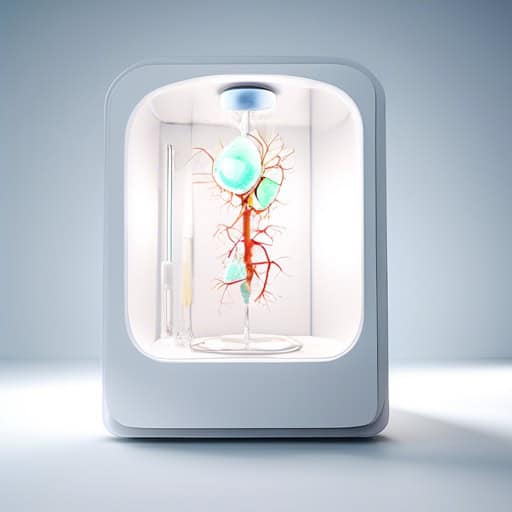
- Her body's homeostasis allowed her to maintain a steady temperature despite the fluctuating weather outside.
- The body's ability to maintain homeostasis is crucial for overall health and well-being.
- When her body's homeostasis was disrupted, she experienced symptoms of illness.
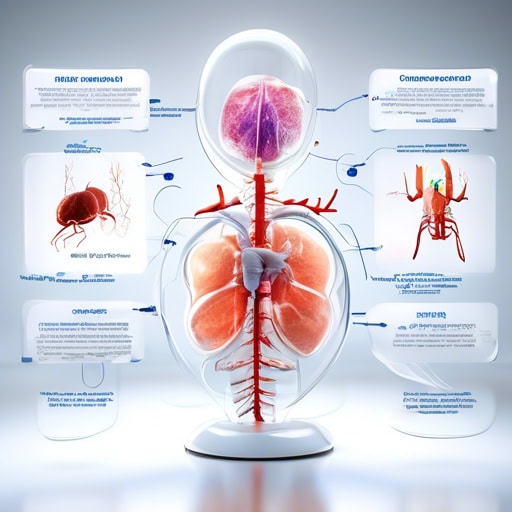
- Studying human physiology helps us understand how our bodies work and how to maintain good health.
- She is majoring in physiology because she is interested in learning about the intricacies of the human body.
- Physiology is a complex field that requires a deep understanding of biology and chemistry.
Microbiology Terms
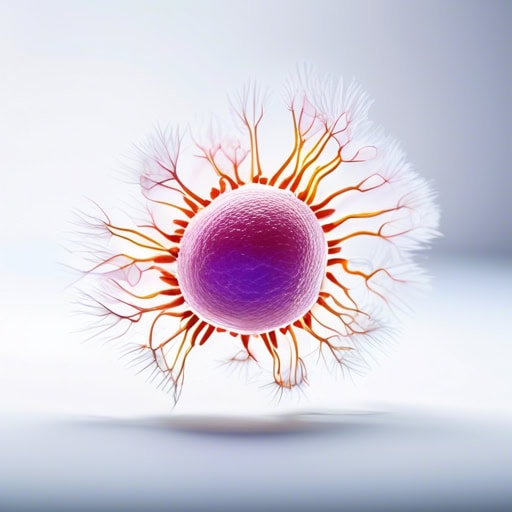
- Microorganisms play a crucial role in breaking down organic matter in the soil.
- Some microorganisms can cause diseases in plants, animals, and humans.
- Water treatment plants use various methods to remove harmful microorganisms from drinking water.
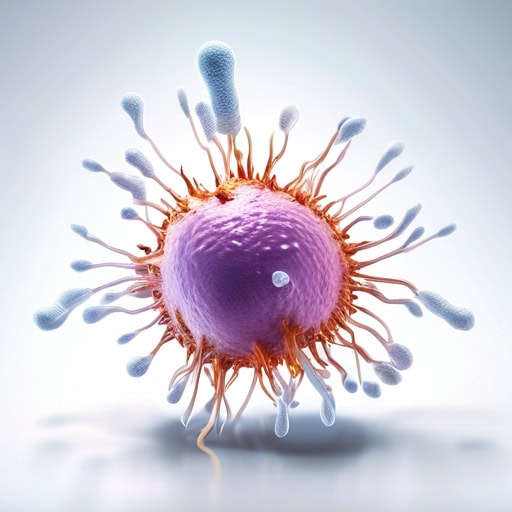
- The doctor identified the pathogen responsible for the patient's illness as a strain of influenza virus.
- Researchers are studying how the pathogen spreads in order to develop effective prevention strategies.
- Hand washing is a simple yet crucial way to reduce the spread of pathogens in healthcare settings.

- She was prescribed a course of antibiotics to help clear up her sinus infection.
- The doctor recommended taking the full course of antibiotics to ensure the infection was completely gone.
- Overuse of antibiotics can lead to antibiotic resistance, making it harder to treat bacterial infections in the future.

- The laboratory technician is responsible for maintaining the bacterial culture in optimal conditions.
- The study of cell culture techniques is crucial in the field of biotechnology.
- The development of new antibiotics often involves testing them on various bacterial cultures.
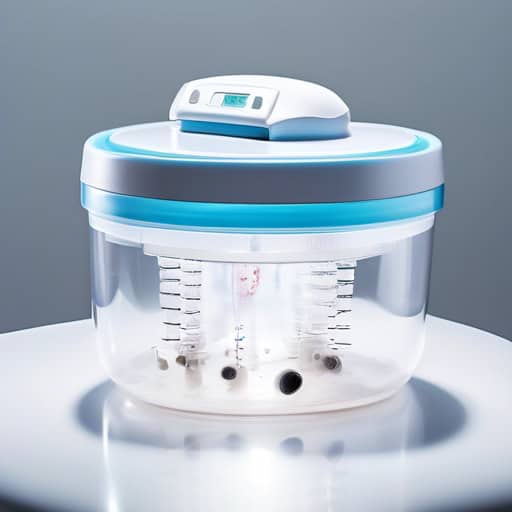
- The sterilization process ensures that medical equipment is free from any harmful microorganisms.
- Proper sterilization techniques are essential in preventing infections in healthcare settings.
- The autoclave is a commonly used tool for sterilization in microbiology laboratories.
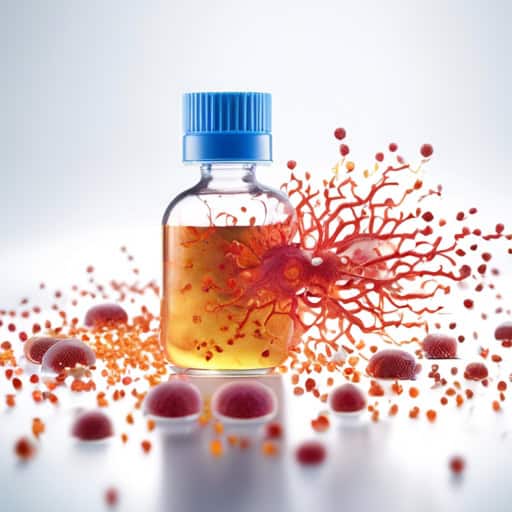
- The human body's immune system is responsible for providing immunity against harmful pathogens.
- Vaccines work by stimulating the immune system to develop immunity to specific diseases.
- Some individuals have a natural immunity to certain viruses, while others may acquire immunity through exposure or vaccination.
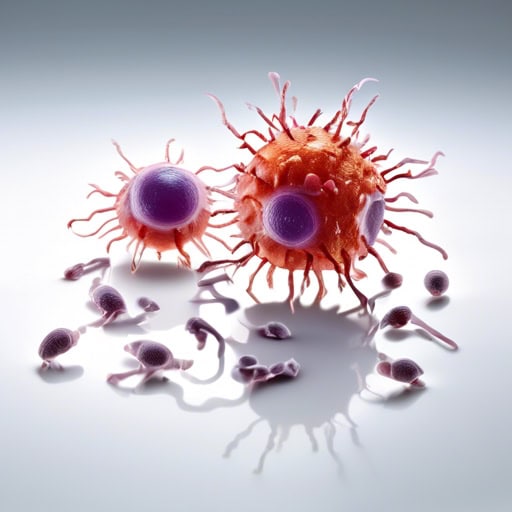
- The virulence of the pathogen was evident in the severe symptoms exhibited by the infected patients.
- The new strain of bacteria showed an alarming level of virulence, causing a rapid spread of illness within the community.
- Researchers are studying ways to weaken the virulence of the virus in order to develop more effective treatments.
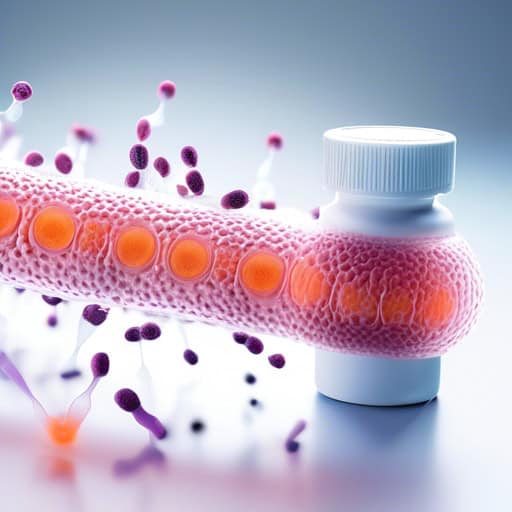
- Conjugation is a common method of gene transfer among bacteria in microbiology labs.
- During conjugation, a donor bacterium transfers genetic material to a recipient bacterium, allowing for the exchange of beneficial traits.
- Conjugation can lead to the spread of antibiotic resistance genes among bacterial populations.
Immunology Terms
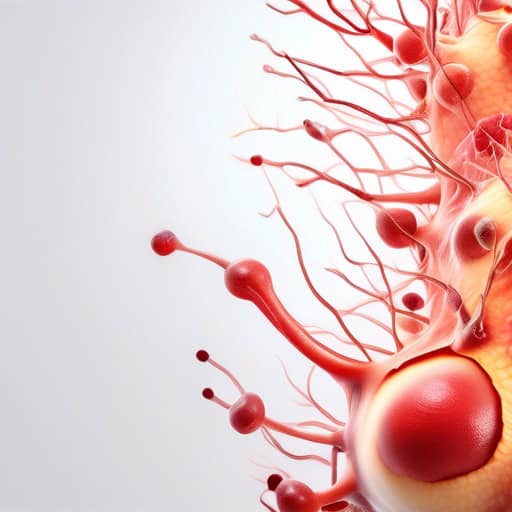
- His doctor prescribed medication to reduce the inflammation in his swollen knee.
- The doctor explained that the redness and warmth in her ankle were signs of inflammation.
- Icing the injured area can help reduce inflammation and alleviate pain.
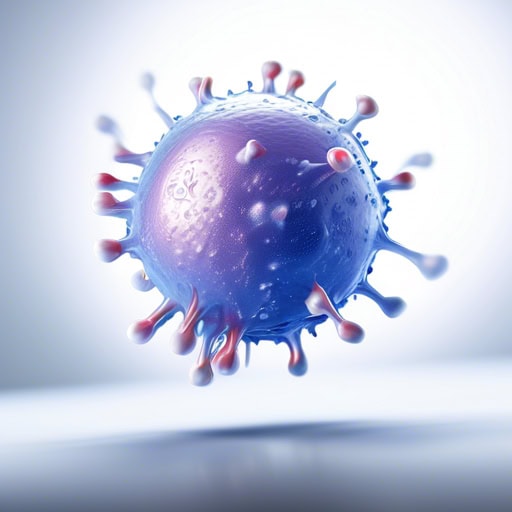
- Lymphocytes are produced in the bone marrow and can be found in the blood as well as in lymphoid tissues.
- There are two main types of lymphocytes, B cells and T cells, each with specific functions in fighting infections.
- When the body is exposed to a foreign invader, such as a virus or bacteria, lymphocytes work together to mount an immune response.
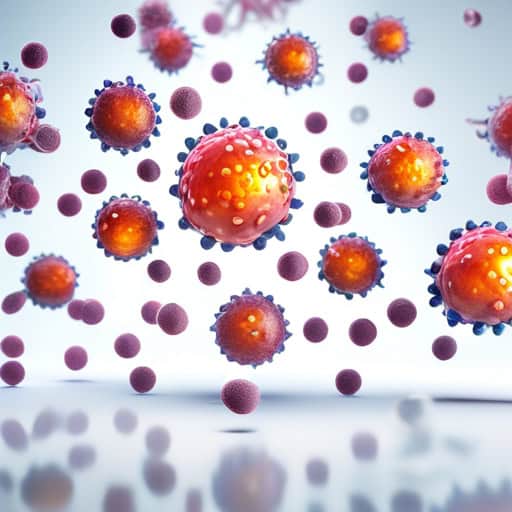
- Her strong immunity helped her recover quickly from the flu.
- Vaccines work by boosting the body's immunity to specific diseases.
- Regular exercise and a healthy diet can improve your overall immunity.
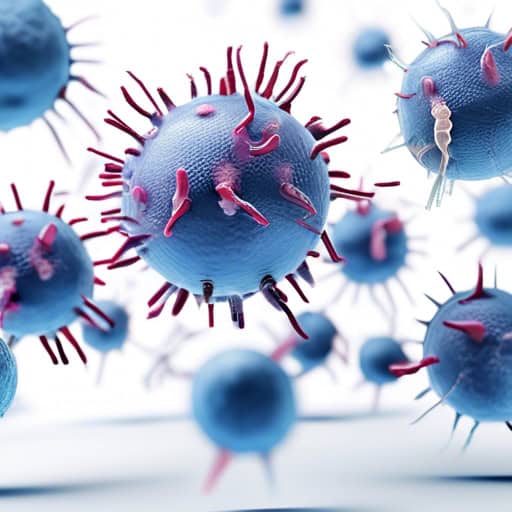
- The pathogen responsible for the outbreak was identified as a strain of influenza virus.
- Regular handwashing can help prevent the spread of harmful pathogens in a healthcare setting.
- The immune system works to detect and eliminate pathogens from the body to keep us healthy.

- She received her flu vaccination at the local pharmacy.
- The vaccination schedule for infants includes shots for measles, mumps, and rubella.
- Many people believe that vaccination is a crucial part of public health initiatives.
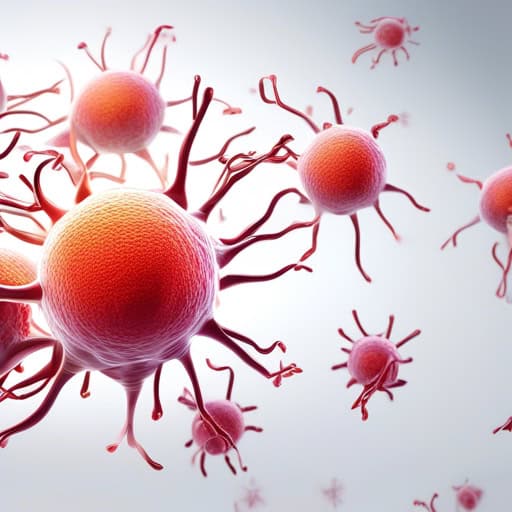
- My immune system was weakened after a long battle with the flu.
- Regular exercise and a healthy diet can help boost your immune system.
- Certain vitamins and minerals are crucial for maintaining a strong immune system.
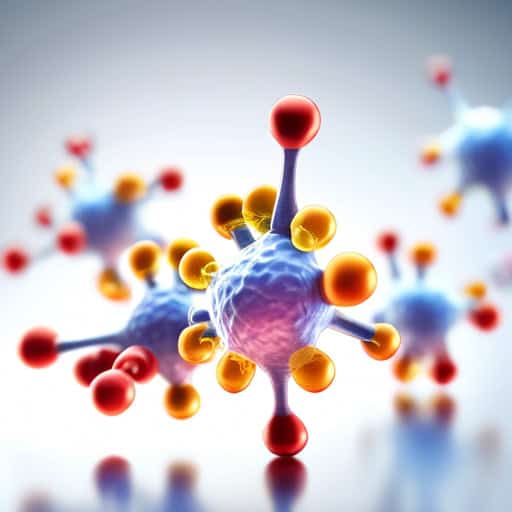
- The flu vaccine contains antigens that help the body develop immunity to the virus.
- During an infection, the immune system produces antibodies that specifically target the antigen.
- Cancer cells can sometimes evade detection by the immune system because they lack certain antigens.
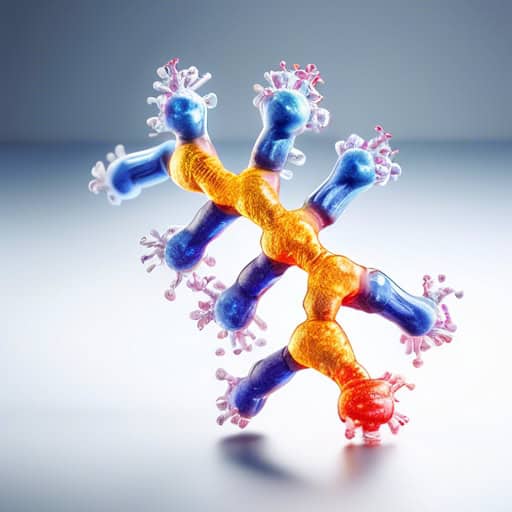
- The antibody recognized the virus and worked to neutralize it before it could cause harm.
- After receiving the vaccine, the body produced antibodies to protect against future infections.
- The doctor ordered a blood test to check for the presence of antibodies related to the recent illness.
Quick Facts
- Biology is the study of living organisms and their interactions with each other and their environments.
- Charles Darwin’s theory of evolution by natural selection is a fundamental concept in biology that explains how species change over time.
- The human body is made up of around 37.2 trillion cells, each performing specific functions to keep the body functioning properly.
- DNA, the molecule that carries genetic information, is made up of four chemical bases: adenine, thymine, cytosine, and guanine.
- Biology is a vast field that encompasses many sub-disciplines, including genetics, ecology, microbiology, and biochemistry.
